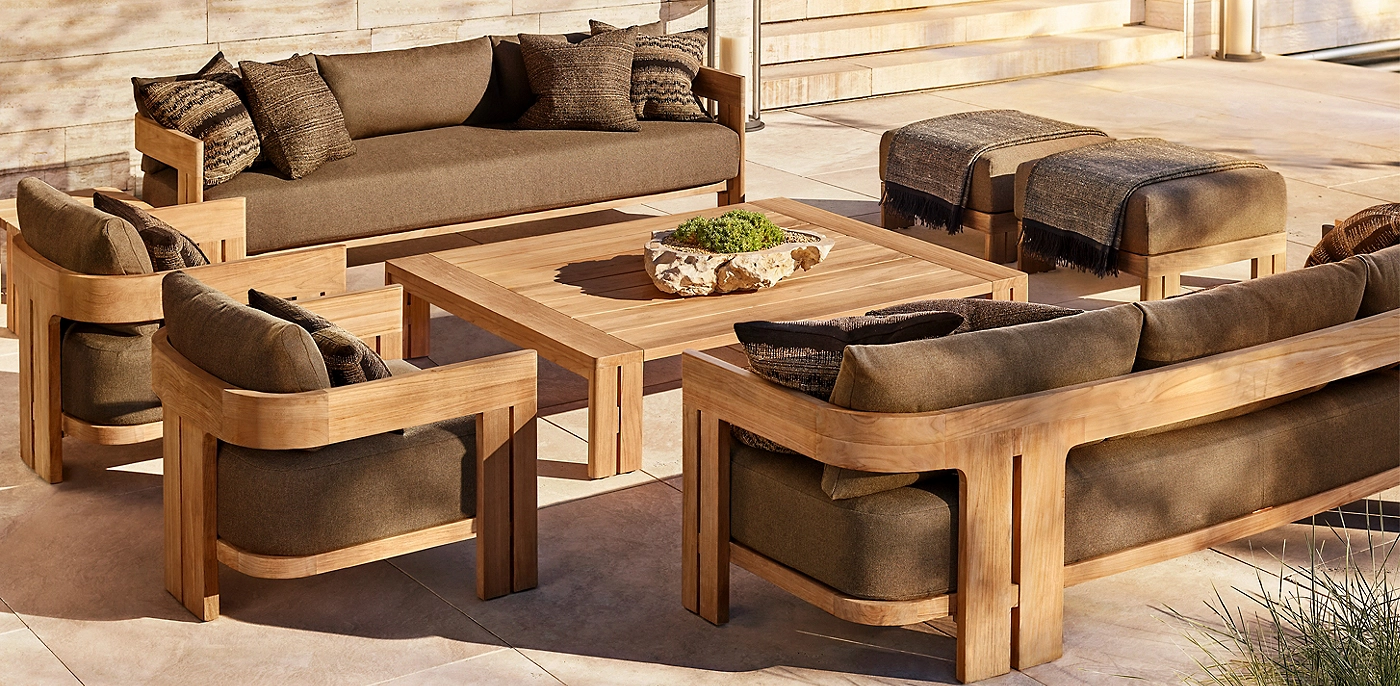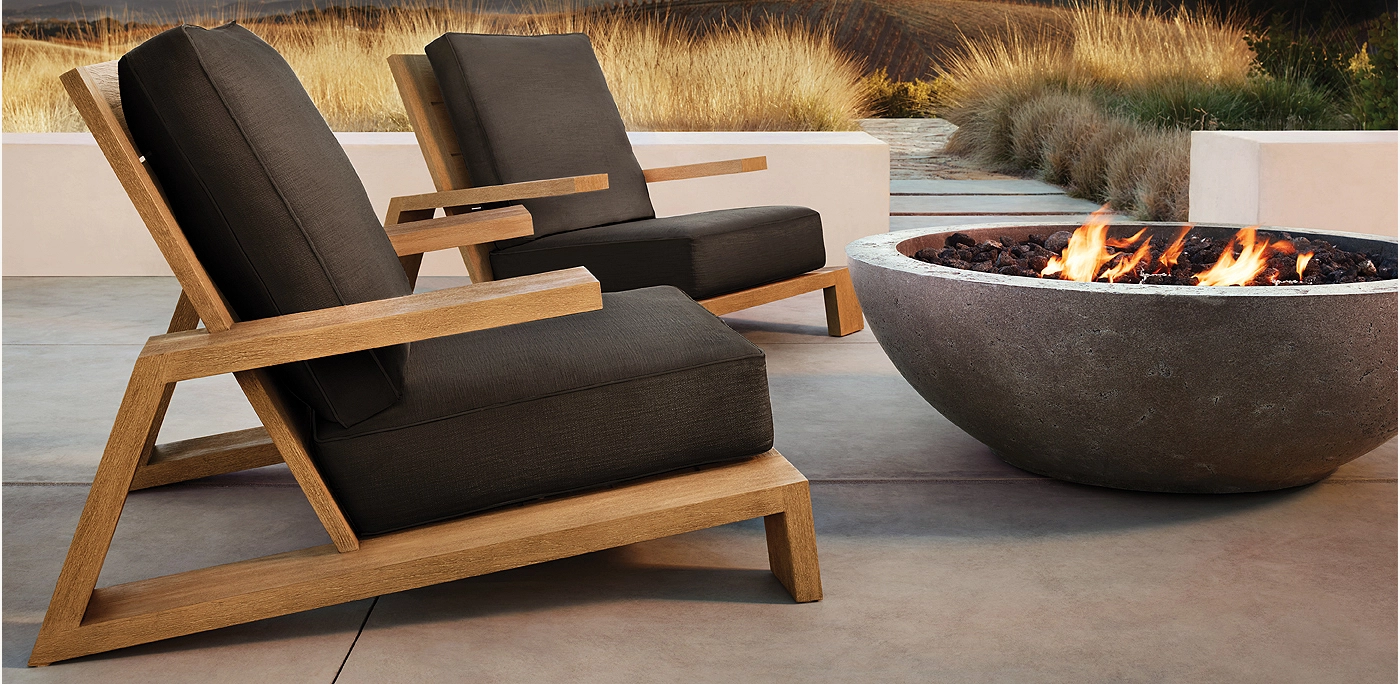The Perfect Indoor-Outdoor Flow: How to Style Your Garden Like Your Living Areas
- amberleskauskas
- May 1
- 4 min read
Top tips on how to blur the lines beautifully

Our clients are always looking to create a seamless connection between their indoor and outdoor spaces. So, with the weather being so glorious, we wanted to share how you could approach visually extending your living space to make the most of those precious summer months.
"An outdoor space, no matter how small, has the potential to become the best “room” in the house." - Maché Interiors
Whether you have a city courtyard, a sprawling country garden, or a shady nook off the bedroom, styling your outdoor space with the same care as your interiors makes it feel like a natural extension of your home.
Here’s how to blur the lines beautifully.
1. Use a consistent colour palette
Start by taking cues from the room that directly connects to your outdoor area, whether that’s the kitchen, dining space or bedroom. If your interior features warm neutrals and natural textures, echo this outdoors with stone-toned planters, woven lanterns, and taupe or sand-coloured textiles. If you have bolder accents indoors, repeat these in scatter cushions or plant pots to create cohesion.
Bonus tip: Think of your patio as a continuation of the same story, not a separate chapter. If your flooring is all wood, consider a decked seating area as a visual continuation of your flooring. If you have a light coloured carpet, think about light stone paving that might not match in texture but will match in tone.

2. Let your outdoor furniture reflect your indoor style
If your interiors are modern and minimal, opt for low-slung modular seating in neutral tones with clean lines. Homes with a rustic or country aesthetic might suit wooden benches, vintage metal café chairs, or rattan furniture softened with linen cushions. A Mediterranean-inspired scheme could be echoed outdoors with rendered built-in seating or wrought iron pieces. Maintaining continuity in materials, palette, and overall feel helps your garden feel like a true extension of your home.

3. Style Your Outdoor areas
People often forget about styling their outdoor furniture which can be the quickest and most cost-effective way of creating harmony with your indoor space. Layer your outdoor seating with cushions and throws, just as you would your living room. Choose weather resistant fabrics in textured finishes (linen, boucle-look, or cotton blends) for that lived-in sumptuous feel. Try mixing shapes like bolster cushions and oversized squares which instantly elevate a simple bench or built-in seat.
Bonus tip: Add a small side table, footstool or even an outdoor coffee table to mimic the layout of your lounge area indoors.

4. Define the Space with an Outdoor Rug
A rug anchors a space and the same applies outdoors. Choose an outdoor specific flat-woven, durable rug in a pattern and colour that could just as easily belong in your home. This small detail can completely transform the feel of a garden corner, terrace, or balcony, whilst seamlessly blending the colours inside your home into your outdoor space.
5. Add Atmospheric Lighting
Just like a living room benefits from layered lighting, your outdoor space needs more than one light source. Think of your garden lighting as you would in the home and opt for layers. Make sure you have your garden lighting that illuminates spaces and then add in atmospheric lighting via lanterns or table lamps. Solar-powered stake lights are great for pathways or borders, while candlelight (even faux versions) adds instant atmosphere.
Bonus tip: Choose lanterns in matte black or aged brass to add a grounding design detail, even when unlit.
6. Bring the decor outside
Treat your outdoor space as you would a room: add vases, trays, flower arrangements and decorative bowls. These finishing touches make a space feel intentional and well-considered.
Bonus tip: Use rustic ceramics, woven baskets, or wooden objects that can handle a bit of bad weather.

7. Don’t forget about your plant choices!
The plants you use outside can echo the mood and aesthetic of your home just as much as your furniture or finishes. Think of greenery as part of the overall design language.
For modern or minimalist interiors, architectural plants like palms, agaves, or bird of paradise offer clean lines and sculptural presence.
For a Mediterranean-inspired space, consider olive trees, rosemary, bay, lavender, or terracotta pots filled with drought-tolerant herbs and grasses.
For a modern country or farmhouse style, fig trees, boxwood in vintage planters, or rambling climbers like jasmine or wisteria feel soft, romantic, and timeless.
For bohemian or eclectic interiors, go lush and layered with layered ferns, trailing ivy, or bamboo in mismatched pots and baskets.
Bonus tip: Think about the shape of your lawns and paved areas! If your home is more relaxed and organic in materials and design, stay away from hard lines and linier design in the garden, instead opt for curved pathways and less rigid lawns.
Choose your plant palette the way you’d curate a room—balancing form, texture, and tone. You’ll be surprised how much it enhances the connection between indoors and out.
By applying the same design thinking as you would inside, you can create a garden that feels effortless, layered, and truly part of your home.
.png)












_edited.png)
Comments